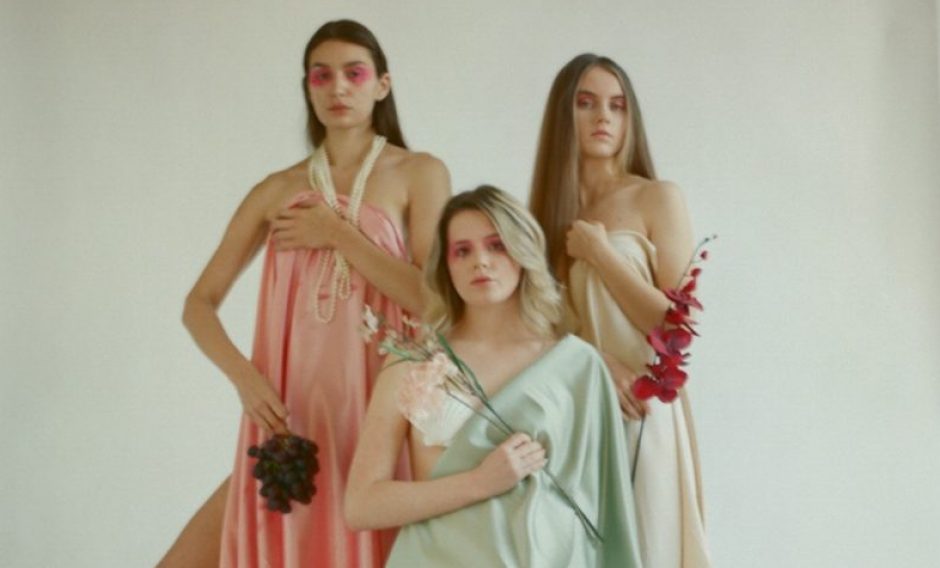A theme I am exploring is performativity and I was reminded of an exhibition I went to years ago at the Tate, I managed to find a copy of the exhibition catalogue and lifted some relevant quotes:
Since the invention of the photographic medium in the mid-nineteenth century, the camera has not only been used to document both theatrical and artistic actions, but also to create images that question dominant modes of representation… The documentary role of photography forms only part of the story, as Performing for the Camera also considers the variety of ways that artists have engaged directly with the camera…Instead of performing for a live audience, artists are increasingly choosing the privacy of the studio and now, with he invention of camera-phones, public and domestic spaces.
The use of photography to document performance has been one of the predominant ways in which the history of performance has been relayed and understood.
Babette Mangolte began to photograph performances in New York in the 1970s as a way to record the event and to understand different ways of seeing. In her documentation of Yvonne Rainer’s rehearsals and performances, Mangolte complements the choreographers interest in everyday gestures.
Staging and collaboration are terms that relate to the ways in which photographers have worked directly with performers to produce works that were only ever destined to exist as photographs. While many images documenting the actions of artists were related to events that would have taken place regardless of the presence of the photographer, these staged, collaborative events were performed only for the camera.
Photographic actions encompass works by artists whose practice relies heavily on the ability of photography either to capture different stages in a process or to frame and fix a performed action… There are other relationships between the works included in this category, notably the idea of the studio as an arena for action, and the use of everyday objects as the basis for strange and unusual performances…Many of the photographic actions that include everyday items and materials seek to redefine the boundaries of art and life through experimental and at times playful attitudes to the object.
Since the invention of photography its apparent ability to record appearances accurately has been questioned by artists, who have used it as a means by which to privately perform alternative identities separate from those enacted in the space of the live stage. This has often involved playing on familiar or iconic tropes within the history of art, popular culture and photo-journalism, in order to explore how images can shape ideas about gender, politics and culture.
Throughout art history the performative nature of portraiture has been used by artists to construct their own self-image. With the invention of photography and the emergence of the mass media and advertising, the representation of a ‘self’ (albeit a constructed one) came to be used by artists to promote and question their own positions within the art market.
The use of self-portraits as a critical practice by artists who explore notions of identity through different aspects of performance. The popular uptake of ideas from psychology in the early twentieth century raised serious questions about the problematic relationship between appearance and identity. More recently, since the rise of feminism and gender politics, artists have been increasingly provocative in questioning the ways that societal roles are based on conventions that have been revealed and undermined through a broad range of performance and photographic practices.
The notion of performing real life reflects upon the ubiquitous use of the camera to document peoples lives. Artists have co-opted familiar photographic conventions such as the holiday snapshot, the family portrait and, more recently, the ‘selfie’ to deconstruct an idea of reality and the unconscious performances that people carry out in everyday life. This democratic approach to subject matter has resulted in images that embrace the banal and the accidental, blurring the lines between art and document, reality and fiction… The potential ambiguity of the photograph and what might constitute real life and fantasy has been exploited by artists to draw the status and truth of photography into question…With the rise of social media, the chronicling and instant broadcasting of people’s day-to-day lives have transformed the personal act into a performative one. This has been cannily exploited in Amalia Ulman’s four month long performance Excellences and Perfections 2014 that existed solely on the photo-sharing platform Instagram. Structured in a manner similar to the paintings of William Hogarth, across three ‘chapters’, Ulman enacted the tale of an innocent blonde who moves to Los Angeles to hav a breast enlargement, develops a drug addiction, and finally discovers yoga and health living. Bringing together questions surrounding the documentation of performance, the construction of identity and the dissemination of photo-media, Ulman’s continued use of Instagram complicates an understanding of what is reality and what is performance.
